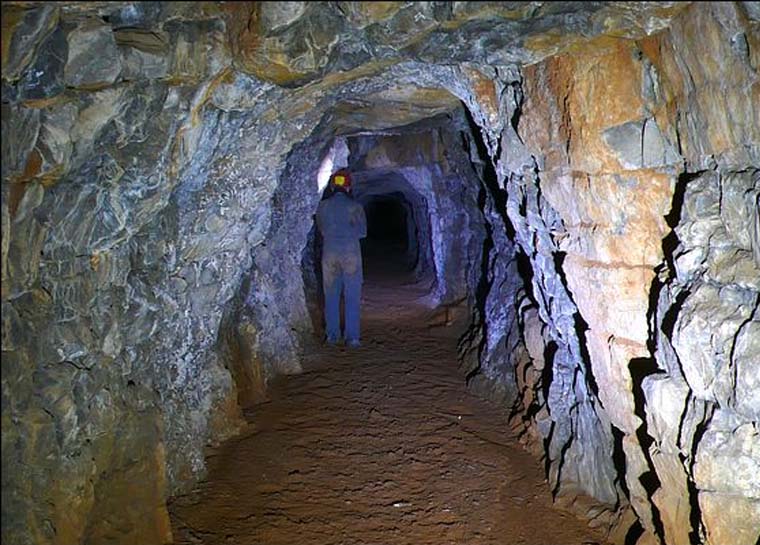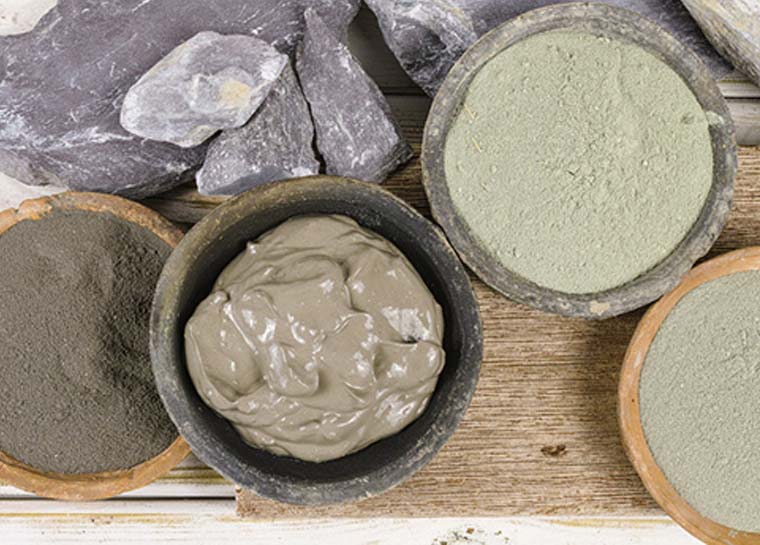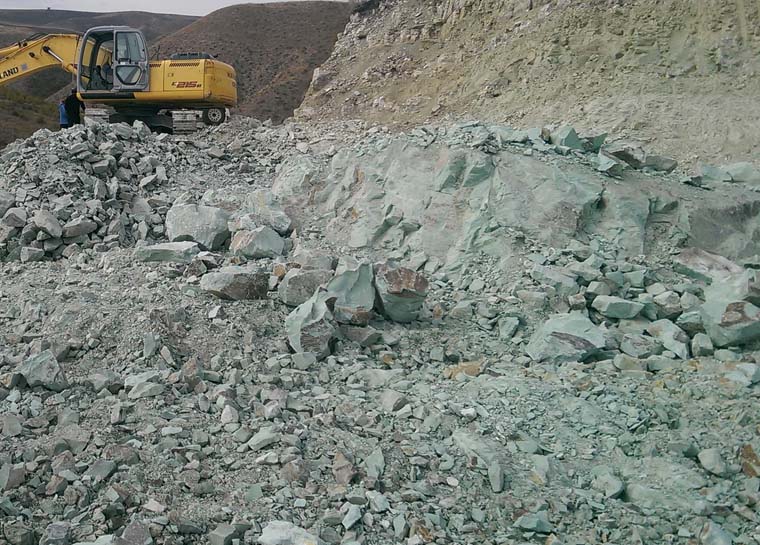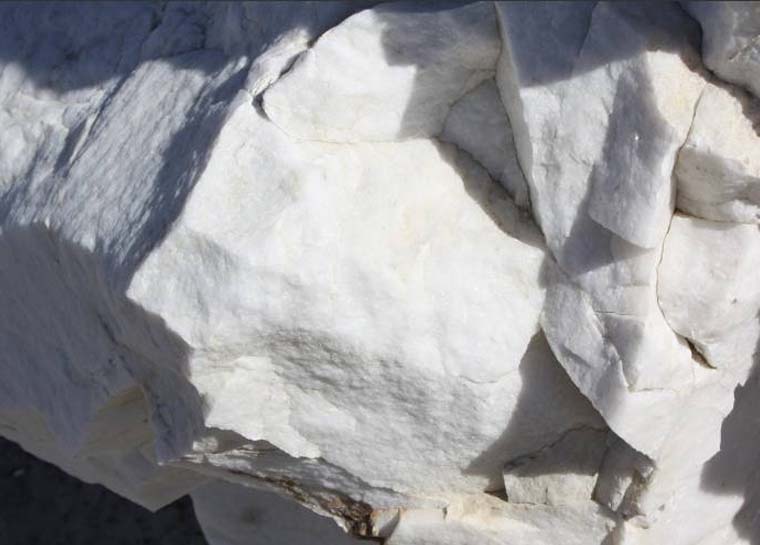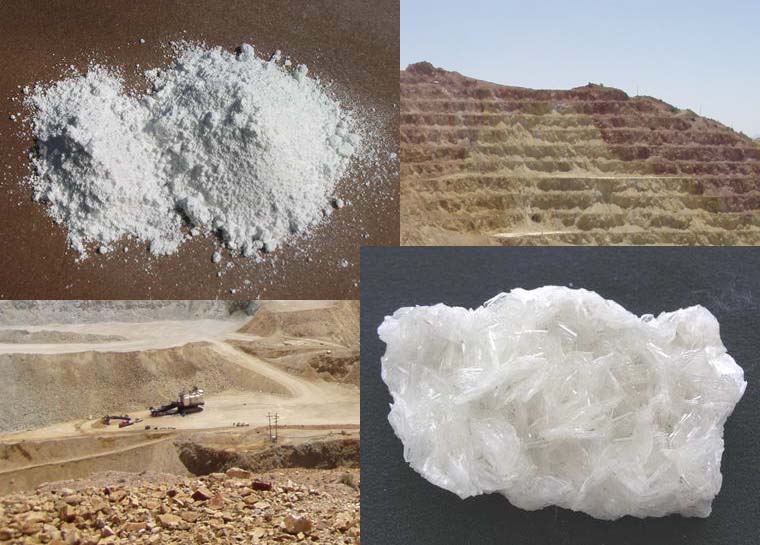Fluorite with the chemical formula CaF2 is the most important mineral in nature from which fluoride can be obtained. This mineral is yellow, green, pink, blue, purple, colorless and sometimes black and crystallizes in the cubic system. It is semi-transparent and has a glass polish. The specific gravity of this mineral is 3.18 and its hardness is 4.
It usually fills the gaps between other minerals and is mostly observed in nature as streaks and is associated with various minerals such as calcite, quartz, barite, celestine and sulfides. Fluorite, if pure, has 48.7% fluoride and 51.3% calcium.
How fluorite is formed, stored and produced
Fluorite is formed and observed in a wide range of geological conditions. Fluorite deposits can be of sedimentary-carbonate origin or in the form of veins, usually associated with intermediate acidic igneous rocks.
In terms of fluorite reserves, according to a 1998 report by the US Geological Survey, Mexico ranks first with 32 million tonnes, followed by South Africa and China with 30 and 23 million tonnes, respectively. After the above countries are France with 10 million tons and Spain with 6 million tons. According to the Ministry of Industries and Mines, in 2001, there were a total of more than 1.3 million tons of potential reserves and 1.5 million tons of definite fluorine reserves in Iran.
Chemical Application
The most important chemical application of fluorite is in the production of hydrochloric acid, which has a sulfuric effect on fluorite. 454 grams of fluoric acid is made from about one kilogram of fluorite. Hydrofluoric acid has several applications, including in the preparation of fluorocarbons, detergents, surfactants for pharmaceuticals, foaming agents in firefighting, and in the aluminum industry for the production of aluminum fluoride.
Ceramic Industry Application
In the ceramic industry, fluorite is used in the production of white glass and glaze. Fluorite acts as both a melting aid and an opacifier. The use of fluorite in this industry should be used with caution because fluorite causes other reactions with other components of the glaze to spoil these compounds and create needle holes in the glaze.
Metallurgy Application
Due to its melting aid properties, fluorite has many applications in the metallurgical industry. Its applications include the steel industry, cast iron casting and the production of iron alloys.
Optics Industry Application
Fluorite, which can be used in the optics industry, is prepared chemically and with many properties. The crystal of this mineral, due to its low refractive index, transmits ultraviolet rays well. For this reason, it is used as a prism in optical systems and to make object lenses without color interference in the microscope. Fluorite is also used as an optical tool in high-energy laser systems.

